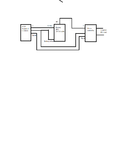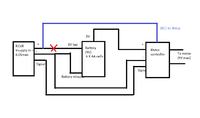obrien136
Junior Member level 2

I have a receiver for an RC car that has a 6V max voltage and the motor has a 9V max voltage. BY that I mean, the max supply voltage you can apply to the receiver is 6VDC, while the motor takes a 9V max input drive voltage. I don't get enough torque out of the motor with a 6V drive input so I was wondering if I cam use different voltages for the receiver and the motor controller as shown in the attached drawing.
George

George



